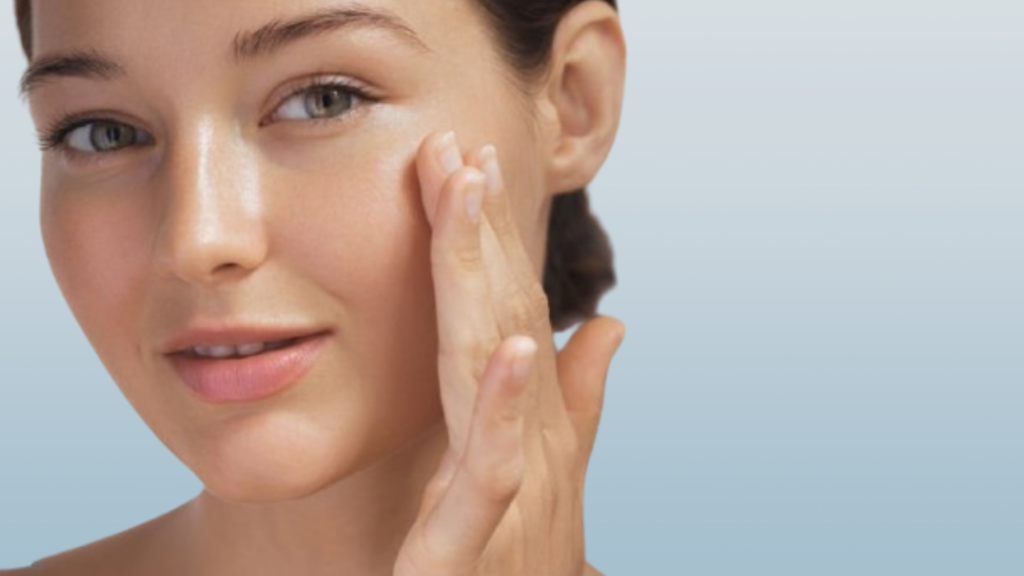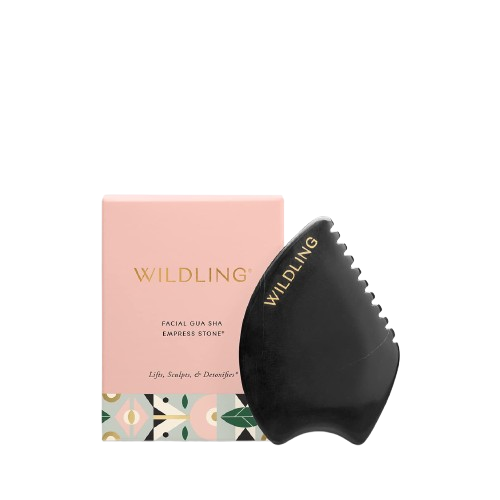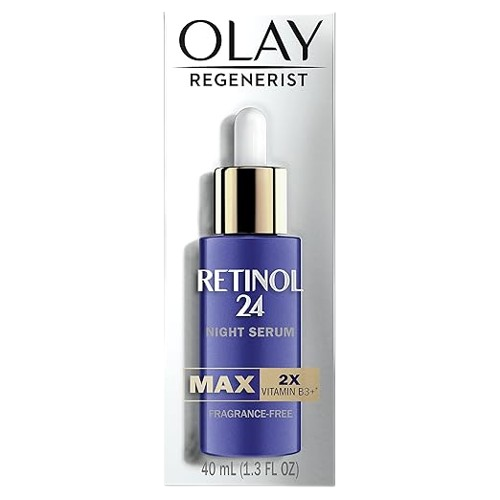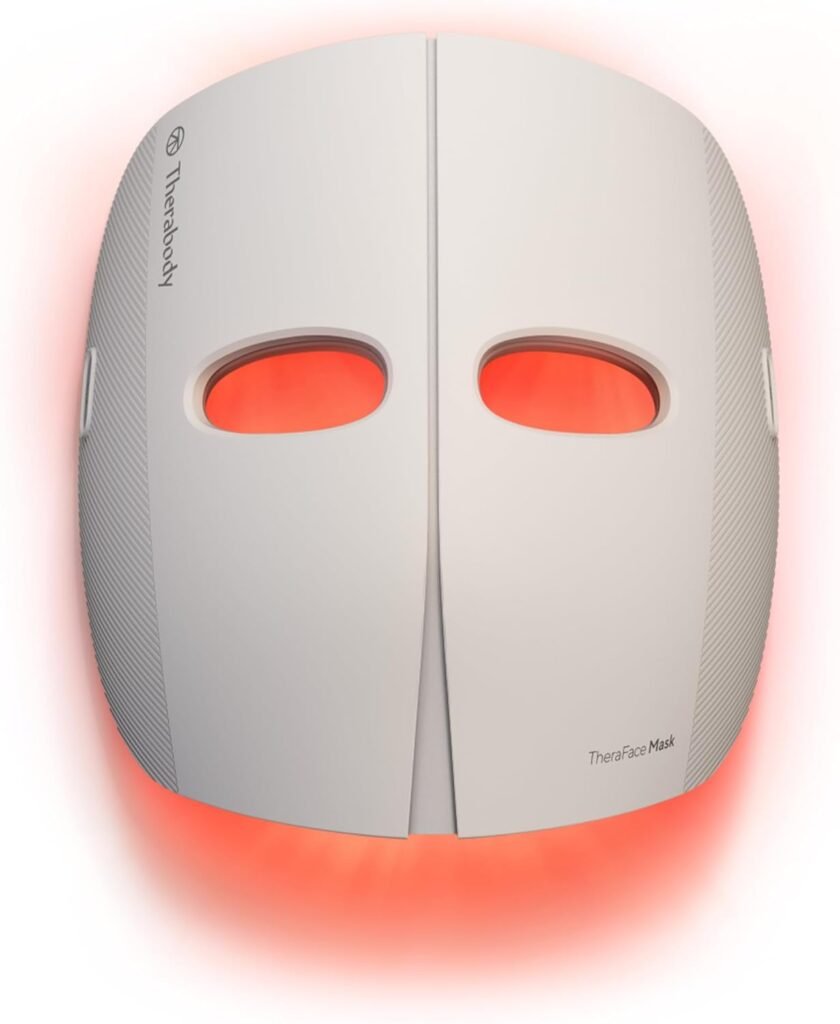Dermatologists Reveal the Best Natural Skin Tightening Techniques—No Surgery Required
Whether you’re experiencing ‘Ozempic face’ or age-related skin laxity, these noninvasive treatments offer effective solutions.

If you’ve been reading recent celebrity chatter, you’ve probably heard about the incredible transformation of Kris Jenner. At 69 years old, the world-famous momager turned heads in Paris recently as she walked the streets with her daughter Kim Kardashian during the pre-wedding weekend festivities for Lauren Sanchez and Amazon founder Jeff Bezos. But what turned heads wasn’t the A-list guest list—it was the youthful appearance of Jenner.
Of course, all of this raised a lot of eyebrows.
There are now rumors and speculation swirling that one of Jenner’s options is facelift possibilities sparking much buzz on social media as well as in beauty circles. Some are fascinated and applaud her aesthetic but many others are taking a look at being able to do some of their own non-surgical skin transformations.
There are shelves upon shelves from drugstores to online beauty retailers of products and technology that are aimed at tightening skin, smoothing wrinkles, and reversing the signs of aging all without a scalpel.
Why Firming Creams are in the Spotlight: The “Ozempic Face” Phenomenon and How to Prevent Skin Sagging?
The recent rise in weight-loss medications that use semaglutide , is also creating an unintended side effect; an increase in skin-firming products being utilized. As more people turn to these quick weight-loss medications, there is a new consumer aesthetic concern for dermatologists — a condition referred to as “Ozempic face. ” Coined by New York City dermatologist Dr. Paul Jarrod Frank, “Ozempic face” describes the hollowed, aged aspect of the face resulting from decreased fat. With obese patients starting and reaching their body-market index (BMI) weight as the result of drug use, the result is rapid overall facial deflation which can add years and lines to the skin.
An extreme amount of weight loss can lead to decreased skin elasticity; the skin has lost its resilient, youthful essence — and that essence can literally sag.
The good news? There are plenty of excellent, non-invasive options available today to help prevent or reverse the effects of sagging skin. What may work for you include firming creams recommended by your dermatologist to professional in-office treatments for your face. Read on to learn about the recommended methods for restoring a tight, lifted appearance.
Common Causes of Sagging Skin
Distinguishing Between Sagging Skin and Wrinkles
It’s crucial to understand that sagging skin and wrinkles, though often grouped together, are actually different conditions. “Wrinkles are typically due to a breakdown of collagen from either environmental, like sun damage, or mechanical means like repeating facial movements,” says Dr. Karyn Grossman, a board-certified dermatologist. For instance, a smile can create crow’s feet and squinting can cause the lines between the eyes — all classic examples of wrinkles that are a direct result of expression.
Collagen and elastin, two essential proteins that provide strength and elasticity in the skin, are found within the dermis or middle layer of the skin. Fibroblasts are specialized cells that make collagen and elastin. “When we are born, our skin has plentiful amounts of collagen and elastin, but due to biological aging and environmental factors, those resources dwindle.
Sagging is a different problem. “While it can be caused by degraded collagen, it’s more than that. “Sagging is also caused by lost structural support system; that includes shrinking bones and lost muscle and fat,” Dr. Grossman explains. One main culprit? Weight loss. Rapid weight loss. When people lose significant weight quickly, they lose facial volume—and it essentially deflates your face. “Losing weight at a more gradual pace, it gives your skin a little longer time to acclimate; which can help it recover some,” Dr. Grossman explains.
How to tighten your skin at home
Some Home Remedies to Help Prevent and Treat Sagging Skin
For those desiring firm skin, there is no shortage of dermatologist-approved remedies you can try from home. Below are some expert recommendations to consider using:
Make Sunscreen a Daily Essential: Whether rain or shine, sunscreen should be part of your everyday skincare routine. Dr. Gohara states, “about 90% of visible aging is attributed to the sun, absent regular protection.” The consistent attack of UV rays contributes to collagen breakdown, which provides our skin its elasticity and firmness. Low collagen means sagging skin.
Some prefer to use chemical sunscreens, but both mineral and chemical sunscreens provide effective protection against UV rays. Professionals are more partial to mineral-based sunscreen since it can be more comfortable for sensitive skin types and it reflects the UV rays, rather than absorbs them.
Use Retinol: If you have ever been to a dermatologist, you were probably introduced to retinoids–of which retinol is the version you can find in stores. “Retinoids have some of the most robust scientific support for stimulating our production of collagen and slowing its loss,” says Dr. Gohara. So, whether you use retinol twice a week, or every day, each formulation you try has consistent research behind it that demonstrates remarkable results.
Integrate Vitamin C and E skin products: Skincare products containing either vitamin C and E are full of antioxidants that are impactful in promoting skin regeneration. These vitamins are good at neutralizing free radicals, the unstable molecules that can harm the skin over time. Free radicals can come from things such as UV rays, environmental pollutants, and cigarette smoke.
According to Dr. Gohara, “it is really free radicals that break down collagen and elastin, which causes sagging and loose skin.” She has called vitamins C and E little “Pac-Mans,” because they continually go after these dangerous molecules and stabilise the skin structure.
Try Red Light Therapy: LED face masks using red light have become a trendy and scientifically supported way to rejuvenate skin. If you are looking to reduce early signs of aging, red light therapy could be something to consider adding to your regimen. “Red light therapy may help stimulate collagen production and create a minor firming effect on the skin,” said Dr. Gohara. Red light therapy is also non-invasive and some studies have shown it may help with skin concerns related to scarring, vitiligo, and psoriasis.
Thinking of Gua Sha or Facial Massage: Gua sha tools and facial massages are becoming increasingly popular for their skin-lifting advantages, but they are more of a momentary effect. A gua sha tool will temporarily support the way your skin looks by stimulating blood flow and moving retained fluid, leaving a firmer, sculpted appearance. While Dr. Gohara highlights that short-term improvements from gua sha and facial massage techniques do not change the long-term treatment for sagging skin.

Designed by an acupuncturist, this tool can be used effectively on the face or the body. This tool is made from Bian Stone, which has been used in self-massage practices for thousands of years. It’s a well-designed, high-end investment
Quality skin-care does not have to be expensive.? Not us. Olay’s retinol serum is designed to increase collagen to firm and lift the skin, all for a fantastic price. This fragrance-free formula absorbs quickly, and leaves behind no greasy feel.
This state-of-the-art mask provides vibrational massage throughout your LED time, creating a relaxing self-care experience. After trying the device for a month, one Women’s Health writer wrote, “I started to notice differences in my skin texture around three weeks
How Dermatologists Help Tighten Your Skin
Even if you are looking for advanced skincare options, your dermatologist will be a valuable resource as they have access to the latest treatments that can make a significant difference in tightening and lifting loose skin if you’re willing to commit some time and money.
CO2 Laser or Fractionated Laser Treatments: Lasers work by using heat to stimulate collagen which tightens the skin, Dr. Gohara notes. A CO2 laser tends to be deeper than fractionated lasers, and therefore, can do more. According to Dr. Grossman, the CO2 approach is even more powerful because it removes multiple layers of skin, so you can expect a longer recovery. If you are curious about which laser treatment is best for you, make an appointment with your dermatologist.
Radiofrequency Microneedling: The microneedles involved create tiny holes in the skin and trigger collagen production. The radiofrequency energy is transferred under the skin to tighten the fibro-septal network, which is a component of connective tissue that holds skin and fat together, Dr. Grossman notes. Dr. Grossman advises that applying too much energy can cause fat loss, so you want to be precise when tightening fat.
Botox and Dermal Fillers: While these injectables are not designed to tighten your skin, they can improve firmness and volume for a more youthful appearance. Botox, a neuromodulator, relaxes the Depressor Anguli Oris (DAO) muscle. Over time, the DAO muscle can pull down the corners of the mouth.. By relaxing the DAO muscle, Botox can provide relief and some lifting to sagging areas. Fillers can be injected at higher levels in the skin to stimulate collagen growth, Dr. Grossman says.
.



